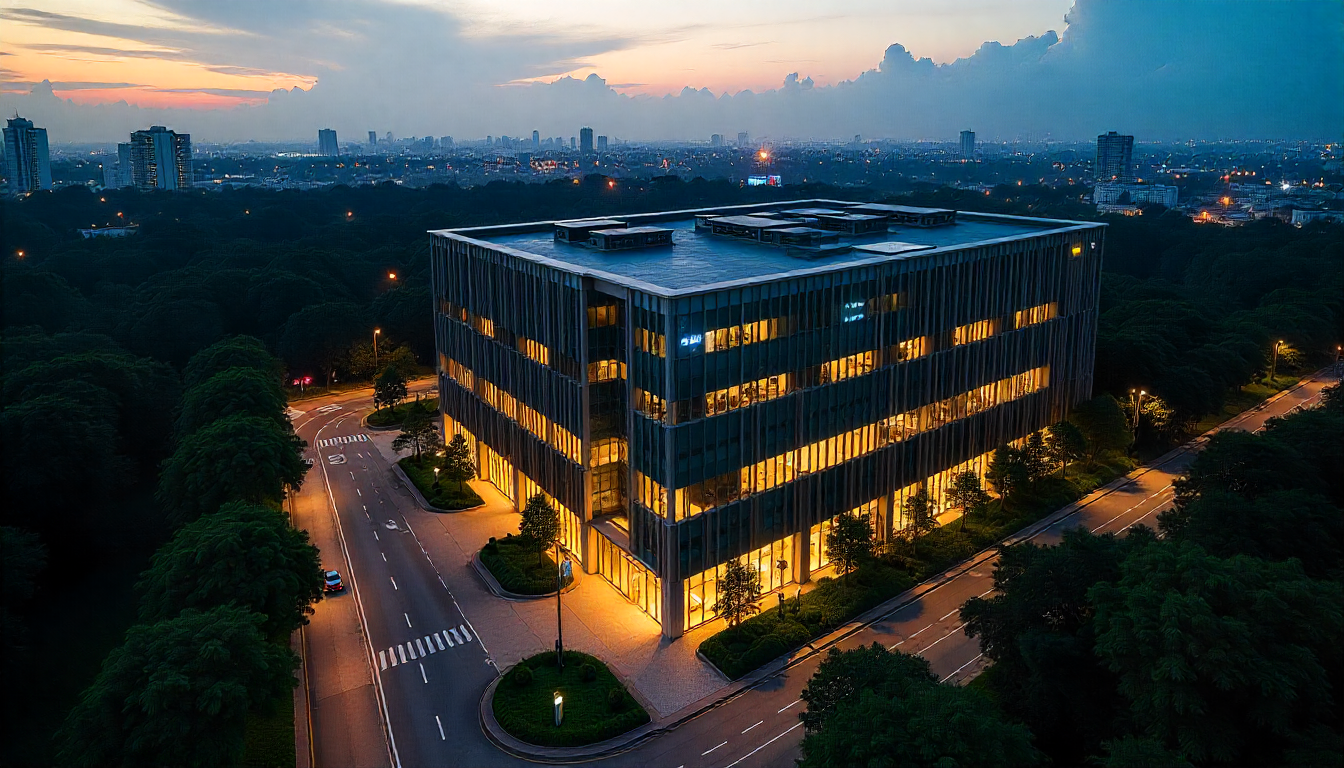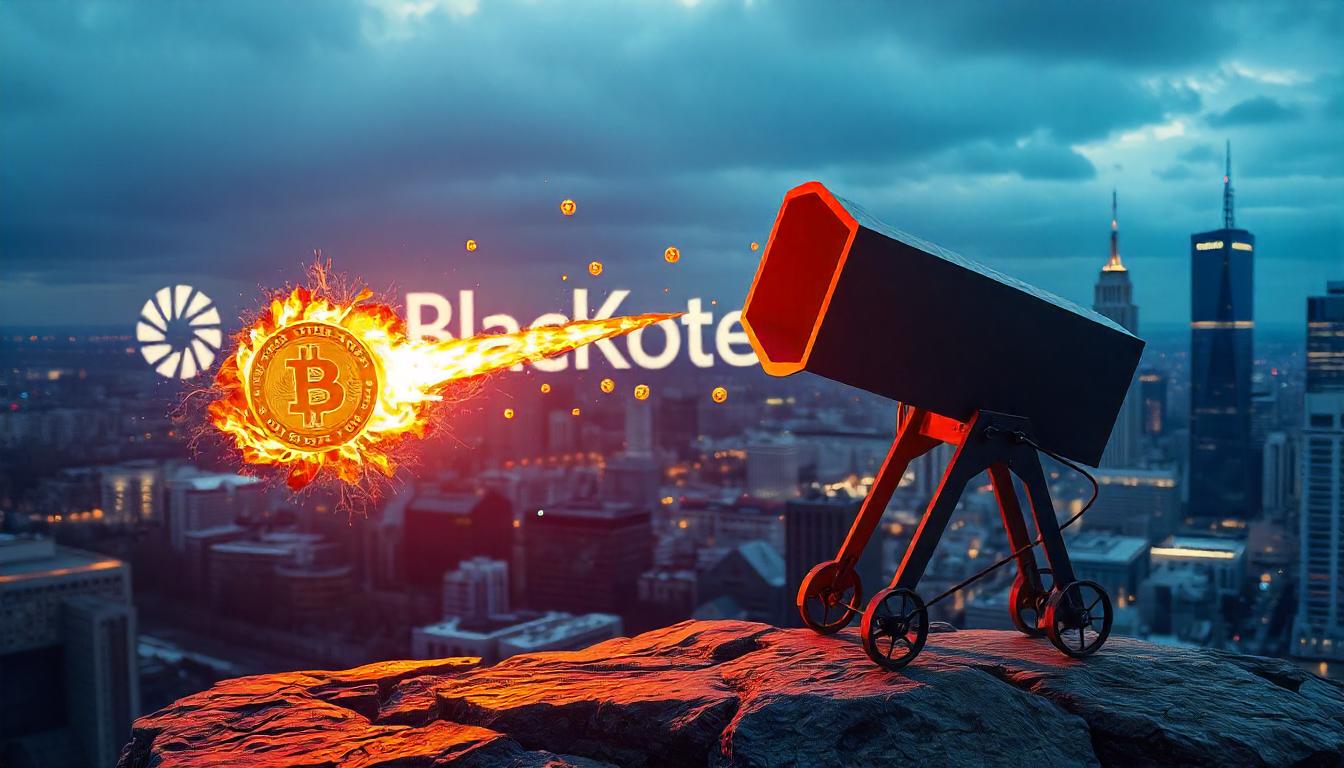Market Surge Offers Short-Term Optimism, But Caution Is Key
The Nasdaq closed 12% higher on Wednesday, marking its second-largest single-day gain in history after President Trump’s announcement of a 90-day tariff pause. Among the standout performers, Strategy (MSTR), a key component of the Invesco QQQ Trust, surged 25%.
Similarly, the S&P 500 also saw a significant rise, climbing nearly 10% and recording its third-largest daily gain, surpassed only by two days in 2008.
While these rallies appear to signal a return to bullish sentiment, history shows that such surges can often be part of bear market rallies. The Nasdaq’s biggest rallies occurred during the recessions of 2001 and 2008, both of which were followed by fresh lows. The S&P 500’s top gains also happened during the 2008 financial crisis. Investors should tread carefully and be aware of the risk of temporary, short-term spikes in a broader downturn.
There is growing speculation about why Trump chose to delay the tariffs. Concerns over rising global bond yields were rattling markets, with FOX Business Senior Correspondent Charles Gasparino suggesting that Japan’s bond sales, not China’s actions, might have been the real source of market pressure.
As markets rallied, the VIX (Volatility Index) closed at 34, seeing the largest one-day percentage drop in its history, surpassing the previous record from 2010.
Bitcoin (BTC) also saw a significant price increase, briefly topping $82,000. However, it remains trapped in a downward trend that has persisted since January, indicating that the broader bearish market conditions might not be over.





